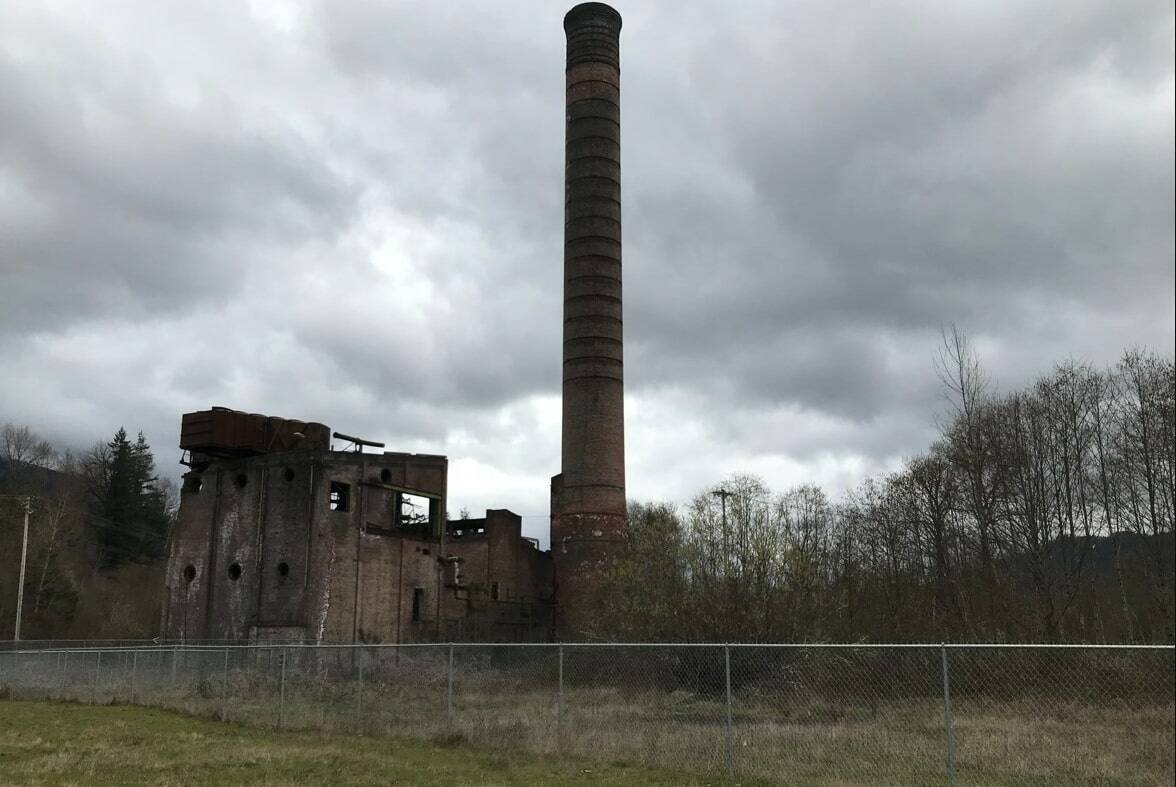Nearly five years to the day since an application was first submitted by developers, the City of Snoqualmie began the public hearing process for the Snoqualmie Mill Site planned commercial and industrial master plan, one of the final steps in the process before construction can start.
Approval of the master plan by the city council would be the last step before developers can begin applying for building and construction permits. However, before the master plan can go to council for a final vote, the city and project applicant, Snoqualmie Mill Ventures LLC, must prove to an independent hearing examiner that the project is compliant with land use laws and does not violate the State Environmental Policy Act (SEPA).
Both of those questions will be addressed in separate public hearings, but consolidated into one report written by hearing examiner Sharon Rice. Rice is an attorney who works exclusively as a hearing examiner for eight cities and counties in Western Washington. Her written report will be given to the city council, ahead of its vote on the master plan, with a recommendation.
The land use public hearing, held on March 30, is a requirement for new development to determine if the city is compliant with local and state regulations.
The SEPA hearing comes after the Mill Site’s final Environmental Impact Statement (EIS), released last December, was appealed by the Snoqualmie Community Action Network — a small advocacy group made up of Valley residents. The EIS was prepared by a group of consultants on behalf of Mill Ventures, but peer-reviewed by the city.
In that hearing, Snoqualmie Community Action Network’s legal counsel will, through expert testimony, attempt to prove that the final EIS violates the state’s environmental policy act. If successful, the impact statement would be reprimanded for further analysis. That meeting is expected to take place daily from 9 a.m. to 4 p.m. between April 4 and April 8.
The master plan in question, first submitted March 22, 2017, proposes developing 261 acres of land north of downtown Snoqualmie in three phases over a decade-plus long period, that at buildout would be 1.83 million gross square feet of mixed-use buildings.
The master plan covers the entire buildout of the project, but provides detailed information only about the first planning phase — a 102-acre portion located in the northwest section of the site that would bring 604,000 square feet of properties including 160 residential units. Plans for phases two and three are “conceptual” at this time, according to a city staff report.
“The applicant’s objective is to allow the first stage of development to move forward to building permits and construction,” a city staff report reads. “Future phases will need to be more completely detailed before construction can proceed.”
The lead-up to these hearings has been nearly a decade in the making. The city first annexed the land of the former Weyerhaeuser Mill Site in 2012, following a pre-annexation agreement with Snoqualmie Mill Ventures. However, the site has been listed in the city’s comprehensive plan since the 1990s, said Jason Rogers, the city’s community development director.
“There is a nearly 30-year history of city planning for development or redevelopment of the Snoqualmie Mill Site,” he said at the March 30 public hearing. “[It’s identified] as potentially the most significant regional economic stimulant in the city.”
Development of the former lumber mill has been a contentious issue for city residents, with the March hearing receiving nearly two hours worth of public comments.
One of the primary concerns with the project is that the state Department of Ecology ranked the Mill Site as one of the state’s most polluted this past summer and added that it posed a high risk to human health. However, known pollution is limited to the second and third phases of the master plan.
Steve Rimmer, owner and managing member of Mill Ventures, said at the hearing that he intends to follow all regulations and begin cleaning up pollutants in conjunction with development.
“The project must be sustainable,” he said. “We must look ahead for decades, centuries even, to make sure what’s developed here can provide for the Valley and the community for a long time.”
The city staff report notes that further environmental review and amendments to the master plan may be needed when details of these phases are established.
The phasing approach has been criticized both by SCAN and the King County Department of Local Services, who wrote a letter to the city this past December after the issuance of the final EIS.
“Of acute concern are issues which are ignored or dismissed indefinitely until later phasing,” wrote Jim Chan, the director of local services’ permitting division. “It’s apparent the proponent has sliced off the immediately profitable and developable area as planning area one.”
The first phase of development would add a combination of warehouses, manufacturing and light industrial buildings. It would also include 134,000 square feet of mix-use residential builds and 70,000 square feet of restaurant and retail space. Rice will release her report sometime after the conclusion of the SEPA appeal public hearing.


